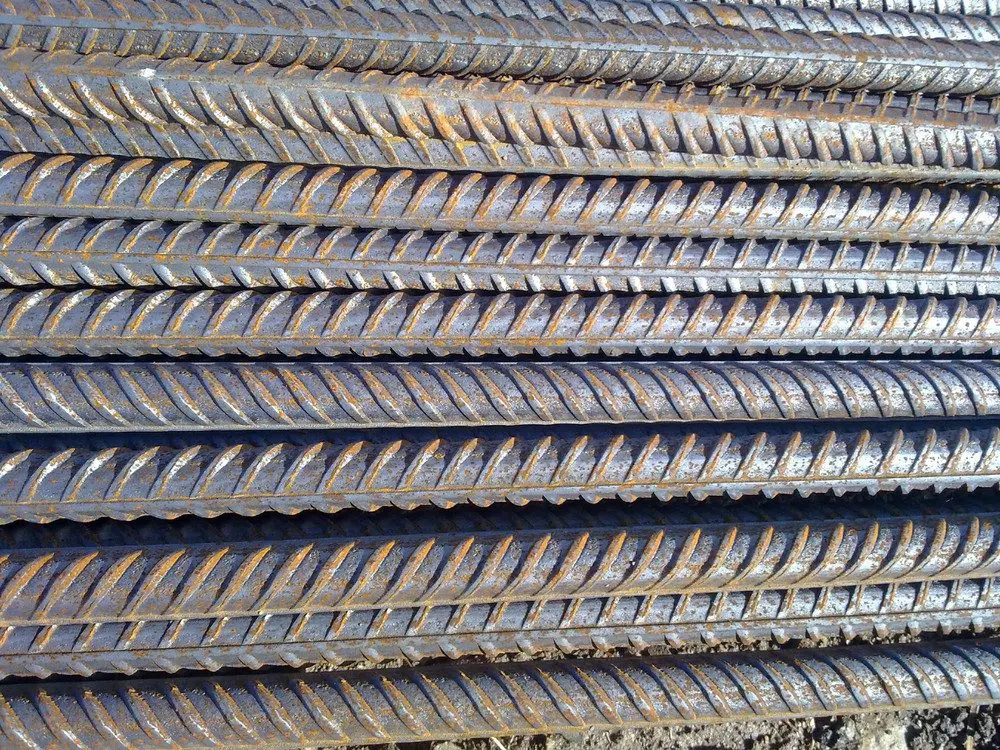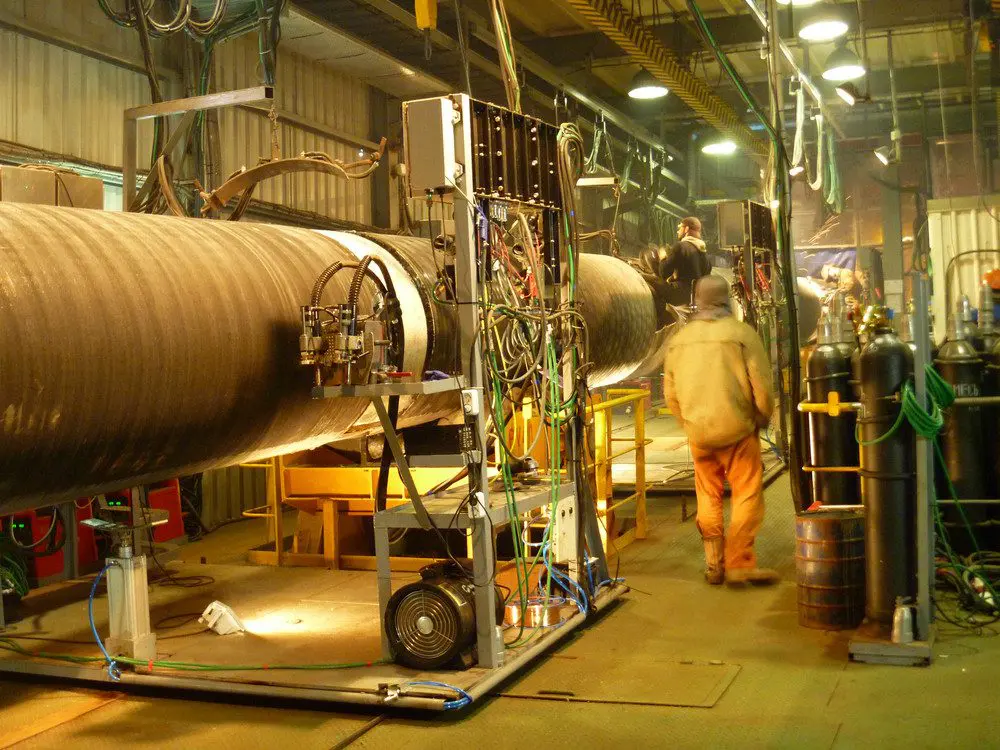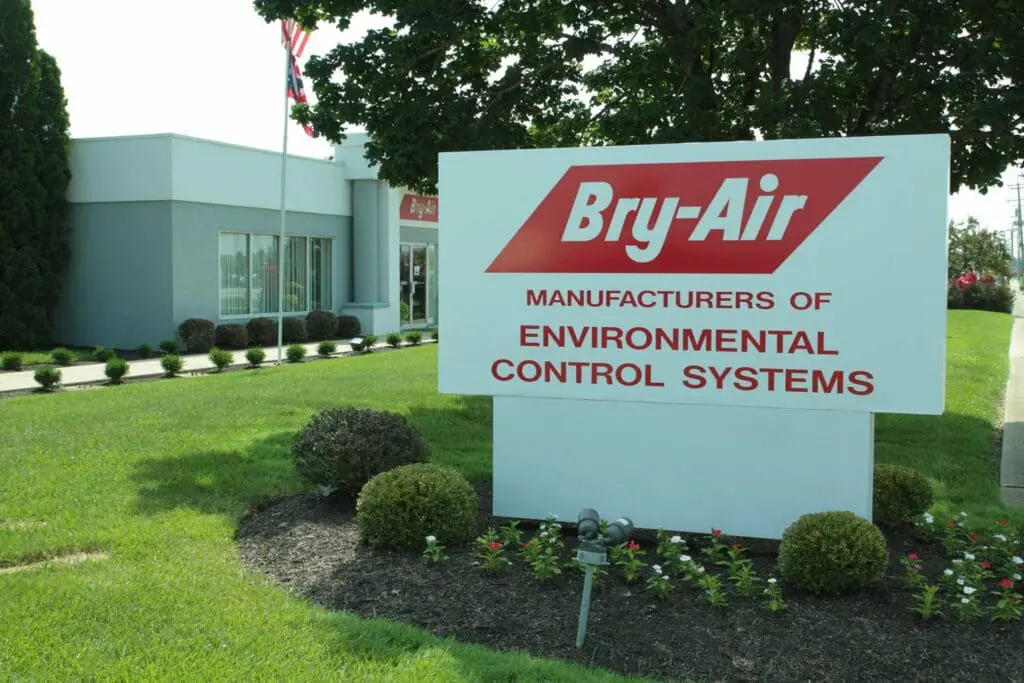Bry-Air, Inc. environmental control systems allow for a safer and more comfortable environment by efficiently controlling the indoor air quality.
In many health care facilities, there is a necessity to assure good indoor air quality, thus large quantities of outside air must be brought into the building through the ventilation system. This outside air can account for over 90% of the moisture load typically seen in many health care buildings. It is important to remember that bacteria travels on water vapor in the air so in order to avoid microbial growth and surgeon/patient discomfort, this moisture must be removed before the fresh air enters the building. This is particularly true in warm, humid climates.
Conventional mechanical air conditioning systems can create high humidity conditions. Cooling coils dehumidify by cooling air which is blown or drawn across the coil surface. The moisture condenses on the coil and drips down into the drain pan. However, the air leaving this coil is essentially saturated and can be as high as 95% relative humidity. In normal air conditioning applications with room temperatures of 72 to 75°F, there is no particular difficulty associated with this cooling-based dehumidification system.
However, when room temperatures must be held at 65°F and lower, conventional cooling systems cannot comply with reduced humidity specifications. The humidity level leaving the cooling coil is too high for comfort levels
Surgical Staff Discomfort
The existence of the HIV has led surgical staffs to heavy gowning that was not common in the past. Thick layers of protective garments have forced surgeons and their staffs to demand room temperatures as low as 55 to 65°F, which in turn makes humidity control difficult to achieve with conventional air conditioning systems. When the air is cooled, the humidity can rise to over 75%RH. These cool, damp conditions can cause the surgical staff to perspire and become very uncomfortable.
Hazardous Microbiological Growth
Many bacteria flourish in humid air. For instance, the bacteria responsible for Legionnaire\\\’s (Legionella Pneumophila) survive best at relative humidity levels of 65%. But at relative humidity levels of 35% and lower the bacterium dies very quickly. Many viruses also thrive in high humidity conditions.
For example, the Polio virus not only survives, but can actually multiply when the relative humidity is above 80%. Fungi and dust mites can also thrive in humid building materials, which can lead to musty odors and respiratory problems associated with sick building syndrome. The high humidity levels found in ductwork downstream of cooling coils is an ideal environment for these types of organisms.
Desiccant dehumidifiers offer a proven alternative for humidity control at low temperatures. Unlike conventional cooling-based equipment, the moisture removal capacity of desiccant systems actually improves at lower air temperatures.
Through the use of a Bry-Air, Inc. desiccant dehumidifier, humid outside air is passed through a desiccant bed, which removes moisture by attracting the water molecules in a vapor state. The dry fresh air is then cooled by the existing HVAC system. Since this make- up air is dry, no moisture condenses to allow contamination to grow in drain pans. With low relative humidity downstream of the coil, moisture is not absorbed into duct linings and building materials where it could support microbial growth. Best of all, the air can be supplied to the room at 45%RH no matter how cool the room must be kept.
Benefits of Desiccant Dehumidification
- Most local codes require stringent humidity control in operating rooms which can be a very difficult problem at room temperatures of 55-65°F. Bry-Air, Inc. dehumidifiers provide performance conditions to meet individual hospital operating room humidity requirements without disturbing the HVAC system balance of the building. In addition, because Bry-Air, Inc. dehumidifiers eliminate high RH in the duct work, the HVAC system will comply with guidelines in ASHRAE Standard 62-89, Ventilation Standard for Acceptable Indoor Air Quality, in order to avoid the risk of microbial contamination.
- When operating room humidity is controlled by a Bry-Air, Inc. desiccant dehumidifier, there is no need to run the main chillers at a low chilled water temperature. With a higher temperature, your central system chillers run more efficiently, thus providing additional sensible cooling.
- With a Bry-Air, Inc. dehumidifier, the surgeon can personally set the temperature and humidity that is most appropriate for each procedure. Those conditions will be maintained regardless of the time of year or capacity of the existing mechanical system in the rest of the building. The relative humidity can be easily controlled to 45% or lower, even at temperatures below 65°F.













